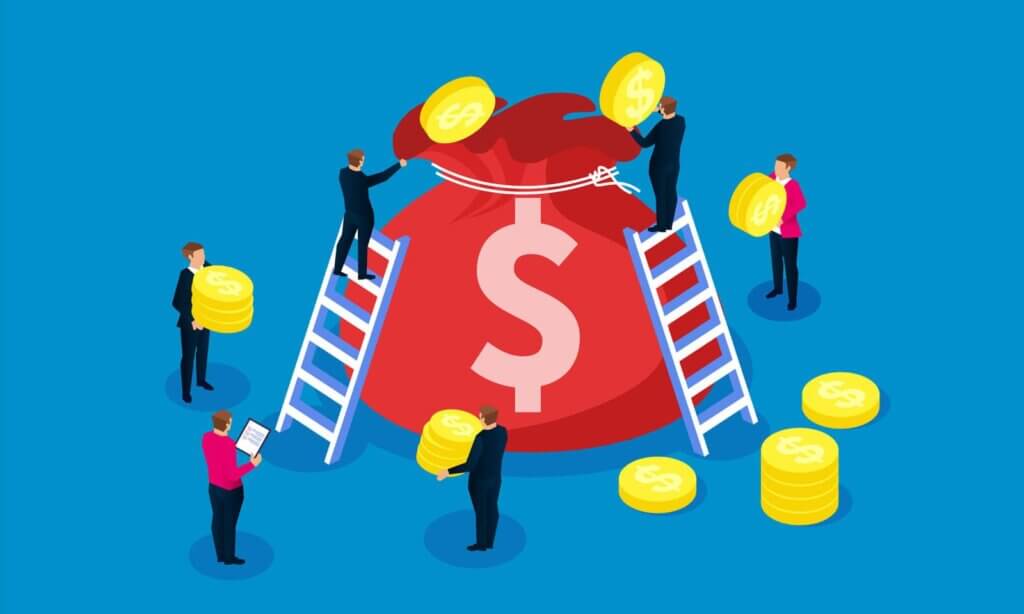
Cash flow is a key determinant of business growth. Although you may have a profitable and growing business, the inability to come up with cash has the potential to result in bankruptcy! In fact, cash flow is one of the major causes of failure in small businesses. Imagine you just started your business and made a sale for $100,000! First of all – congratulations! The next step is coming up with $70,000 to cover the associated costs to deliver the product or service. Unless you have sufficient cash flow, this great sale could bankrupt you before you get started!
Let’s use a “concrete” example. When an order comes in, the business must come up with sufficient cash to pay for the materials and costs associated with making these concrete slabs. From where does this cash come? If the business only gets paid when they deliver these concrete slabs, they must have sufficient cash on hand or credit to pay for these costs. If their total costs of production, including materials and labour, is 70% (i.e. their gross margin is 30%), they will need $70,000 cash to buy materials, pay workers, and deliver product before they see a dime. An alternative would be to have customers pay an upfront fee to partially cover the costs, but that depends on your industry.
Cash is always short in growing companies, as they need to pay for increases in working capital and fixed assets. These working capital requirements include increases to receivables and inventory. Money that is tied up in receivables or inventory cannot be used as a readily available source of cash and therefore the company must seek external financing.
How to improve cash flow
You can improve your cash flow by strengthening your business operations and staying lean until the business is profitable. Here are some key issues to watch for:
Sales
- Are your sales targets being achieved?
- What can you do to improve sales?
- Ask clients to make a deposit when they place an order.
- Insist on doing credit checks with all non-cash customers.
- Ensure that your clients are invoiced immediately after the sale (or ask for progress payments).
- Offer clients a discount if they pay immediately.
- Encourage customers to pay using their credit card.
Pricing
- Are you undercharging for your products/services (most small businesses do!)
- What are your competitors charging?
Expenses
- Can you cut back expenses or operate more efficiently?
- Pay by credit card instead of cash.
- Set budgets.
Accounts Receivable
- Are your clients paying on time? If not, give them a call.
- Are your credit terms too long?
- Do more cash business and refuse to do business with slow paying customers.
Inventory
- Do you have a good inventory management system?
- Is your inventory turning fast enough?
- Have a sale and sell off old inventory.
- Do you have the right product mix?
Accounts Payable
- Are you taking full advantage of creditor payment terms?
- Evaluate suppliers by payments terms and not simply price.
Capital Expenditures
- Purchase good second hand equipment instead of buying new.
- Lease instead of buying assets.
- Do not buy assets that do not help to increase revenues.
Thinking about buying a business? Download our free e-book on the buying process here.
